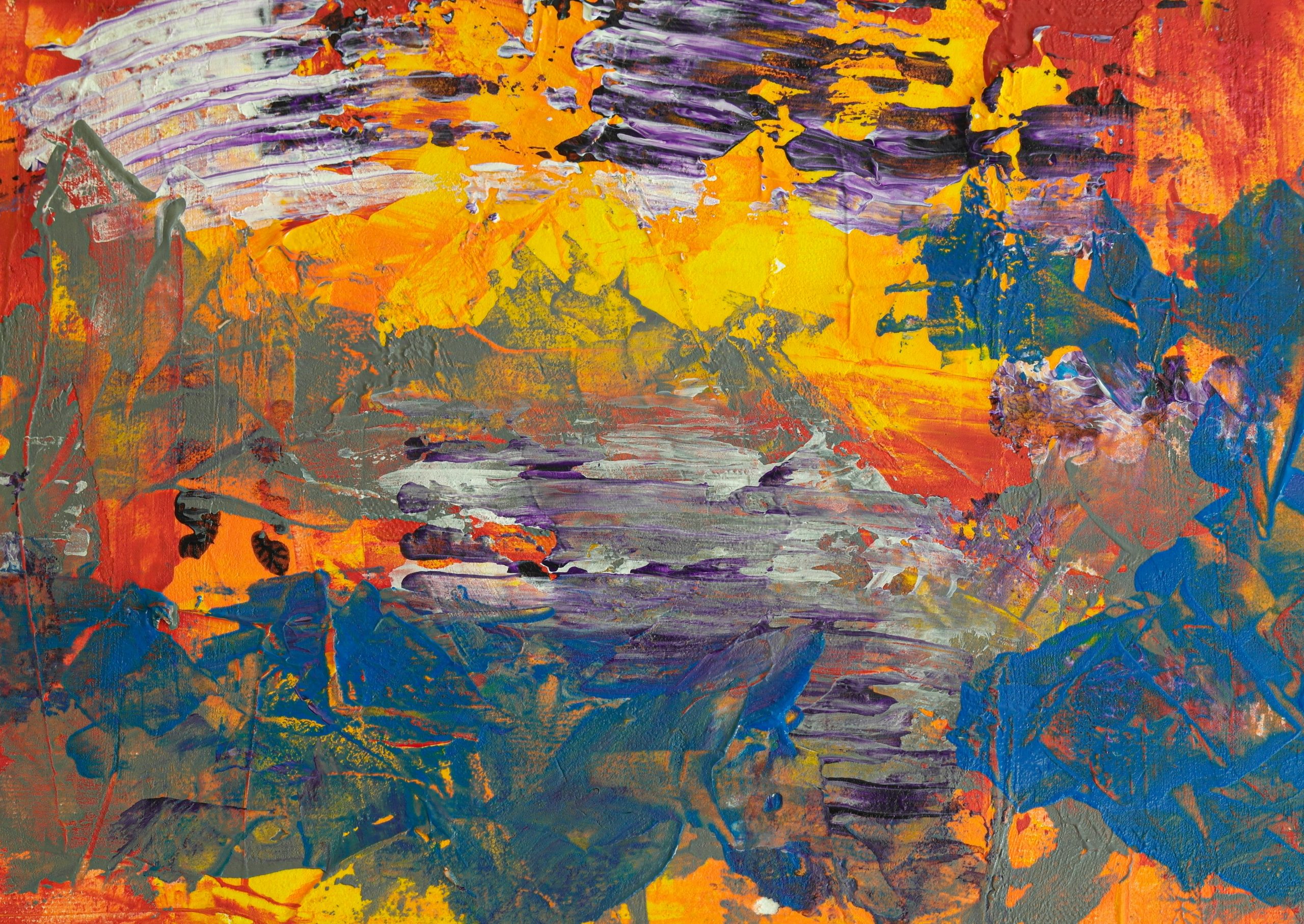
Throughout history, various art movements have come, gone, and left a lasting legacy upon popular culture. Impressionism and Expressionism are two European styles that emerged at similar times to one another, with the inception of modern art — but have a number of defining characteristics that separate them. In this article, we’ll provide a brief overview of each movement, their notable figures, and the similarities and differences between them.
What is Impressionism?
Impressionism was a radical and controversial artistic movement led by Parisian painters in the late 19th century. This unconventional style focused on portraying a fleeting snapshot of ordinary life, often comprising a landscape or domestic social scene. Impressionist painters disregarded coarse detail in their pieces, aiming to capture a more general image based on human perception rather than an entirely accurate replication of a scene.
Impressionists were highly inspired by the natural world. They would often work together outside, practicing “plein air” painting using bold, unblended pigments. Their paint was applied quickly and spontaneously, leaving visible brushstrokes in their works. Important motifs included the effects of natural light and the passing of time.
The label of the “Impressionists” came from an early show that they put on independently after being rejected by the top academic exhibitions in Paris. There, art critic Louis Leroy would comment on Monet’s now infamous piece,Impression, Sunrise (1873), calling it a loose, unfinished “impression” of its subject matter rather than real art. In retaliation, the group took on the name and so became the Impressionists. Some of the artists went on to find great success — one notable figure, Édouard Manet, has been called the “first modern painter”, having produced pioneering works such as The Luncheon on the Grass (1863) and The Balcony (1869). Another significant Impressionist that we’ve already touched upon is none other than Claude Monet, famed for paintings such as Water Lilies (1919) and Houses of Parliament (1901).
What is Expressionism?
Expressionism was a modernist art movement that had its advent in the early 20th century, originating in Germany shortly before the First World War. The style emphasised the personal worldview of the artist, portraying subject matter through a lens distorted by subjectivity and emotion.
Expressionists used arbitrary color in their works as a means to convey emotion. Invoking clashing combinations, exaggerated shapes and agitated brushstrokes, artists expressed their intense feelings, predominantly of dread and angst. As a result, it was sometimes difficult to determine the inspiration or actual subject matter of their pieces.
The name of the “Expressionists” may have been inspired by paintings by artist Julien-Auguste Hervé, titled Expressionismes (1901). Others argue that the term was coined by art historian Antonin Matějček in 1910, discussed as an alternative to Impressionism. Important figures in the movement included Edvard Munch, known for The Scream (1893), Ernst Ludwig Kirchner with Marzella (1909-10) and Vincent Van Gogh, who produced works such as Starry Night (1889) and The Potato Eaters (1885) while experimenting with the style.
What are the key similarities and differences?
In spite of their distinct origins, Impressionism and Expressionism share similar motives. Each is considered a response to the changing way of life that was spreading through urban Europe during the 19th and 20th centuries. As cities became more industrial, lifestyles grew modernized and feelings of isolation and dehumanization crept up on some sects of society — resulting in the Impressionist habit of outdoor painting and the Expressionist trademark angst.
As a result, many artists were influenced by both styles — such as Edward Cucuel. Willow Gallery explains that Cucuel was known for “combining the best of the Impressionist and Expressionist movements”, having “utilised the ‘en plein air’ method to create colorful images full of emotion.”
On the other hand, the movements are recognized for their opposing styles of painting. Where Impressionists were spontaneous and free in their brushwork, Expressionists were known to be hasty and intense. Impressionists were also keen to accurately portray the effects of light, creating a general scene based on their perspective, while Expressionists preferred to distort natural images and utilize arbitrary color schemes influenced by their inward feelings.
